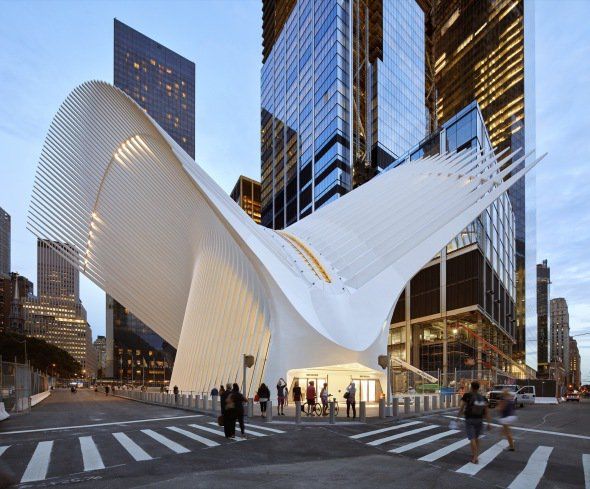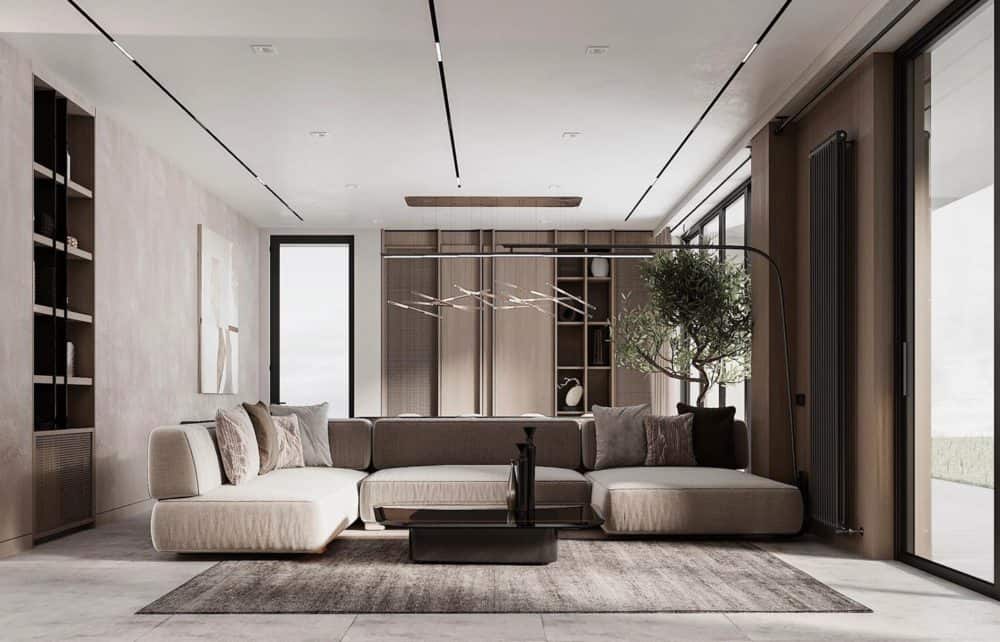The Evolution of Architectural Design
Architecture has always been a reflection of society’s needs and aspirations. Over the years, architectural design has evolved to accommodate changing lifestyles, technological advancements, and environmental concerns. As we approach 2024, several emerging trends are set to shape the future of real estate and architectural design.
Sustainability and Green Building
One of the most significant trends in architectural design is the emphasis on sustainability and green building practices. With the increasing awareness of climate change and the need to reduce carbon emissions, architects are incorporating eco-friendly features into their designs.
- Green roofs and walls: These features not only provide insulation but also help reduce stormwater runoff and improve air quality.
- Solar panels: Integrating solar panels into buildings allows for the generation of clean energy, reducing reliance on fossil fuels.
- Passive design: Architects are incorporating passive design principles to maximize natural light, ventilation, and thermal comfort, reducing the need for artificial lighting and heating.
Case Study: The Edge, Amsterdam
The Edge, located in Amsterdam, is a prime example of sustainable architecture. It is considered the greenest office building in the world, with features such as solar panels, rainwater harvesting, and a smart lighting system that adjusts based on occupancy and natural light levels. The building’s energy-efficient design has resulted in a 70% reduction in energy consumption compared to traditional office buildings.
Flexible and Multi-Purpose Spaces
As the way we live and work continues to evolve, architectural design is adapting to accommodate flexible and multi-purpose spaces. The traditional concept of separate rooms for specific functions is being replaced by open-plan layouts that can be easily reconfigured.
- Co-working spaces: With the rise of remote work and freelancing, co-working spaces have become increasingly popular. These spaces offer flexibility and foster collaboration among professionals from different industries.
- Multi-functional furniture: Architects are incorporating multi-functional furniture into their designs to maximize space utilization. For example, a sofa that can transform into a bed or a dining table that can be folded away when not in use.
- Adaptable interiors: Designing interiors that can be easily modified to suit changing needs is another trend in architectural design. This includes movable walls, sliding partitions, and modular furniture.
Example: The WeWork Concept
WeWork, a global co-working space provider, has revolutionized the concept of office design. Their spaces are designed to be flexible and adaptable, with open-plan layouts, movable walls, and a variety of work settings to cater to different needs. This approach has attracted a diverse range of professionals, from startups to established companies.
Integration of Technology
Technology is playing an increasingly important role in architectural design, enhancing both the aesthetics and functionality of buildings.
- Smart homes: The integration of smart home technology allows homeowners to control various aspects of their homes, such as lighting, temperature, and security, through their smartphones or voice commands.
- Virtual reality (VR) and augmented reality (AR): Architects are using VR and AR to create immersive experiences for clients, allowing them to visualize and interact with their future spaces before construction begins.
- Building automation systems: These systems enable centralized control of various building functions, such as HVAC, lighting, and security, resulting in improved energy efficiency and occupant comfort.
Statistics: According to a report by MarketsandMarkets, the smart home market is projected to reach $135.3 billion by 2025, with a compound annual growth rate (CAGR) of 11.6% from 2020 to 2025.
Embracing Biophilic Design
Biophilic design is an approach that seeks to connect people with nature through the use of natural elements and materials in architectural design.
- Living walls: Incorporating living walls, also known as vertical gardens, into buildings not only enhances aesthetics but also improves air quality and provides a connection to nature.
- Natural light and views: Maximizing natural light and providing views of nature have been shown to improve well-being and productivity.
- Natural materials: Using materials such as wood, stone, and bamboo creates a sense of warmth and connection to the natural environment.
Example: The Bosco Verticale, Milan
The Bosco Verticale, or Vertical Forest, in Milan is a prime example of biophilic design. The residential towers are covered in vegetation, with over 900 trees and 20,000 plants. Apart from providing a visual spectacle, the greenery helps filter pollutants, reduce noise, and regulate temperature and humidity.
Conclusion
As we look ahead to 2024, architectural design trends are poised to shape the future of real estate. Sustainability and green building practices, flexible and multi-purpose spaces, integration of technology, and biophilic design are just a few of the key trends that will define the architectural landscape. By embracing these trends, architects can create spaces that are not only aesthetically pleasing but also functional, sustainable, and conducive to the well-being of occupants.









